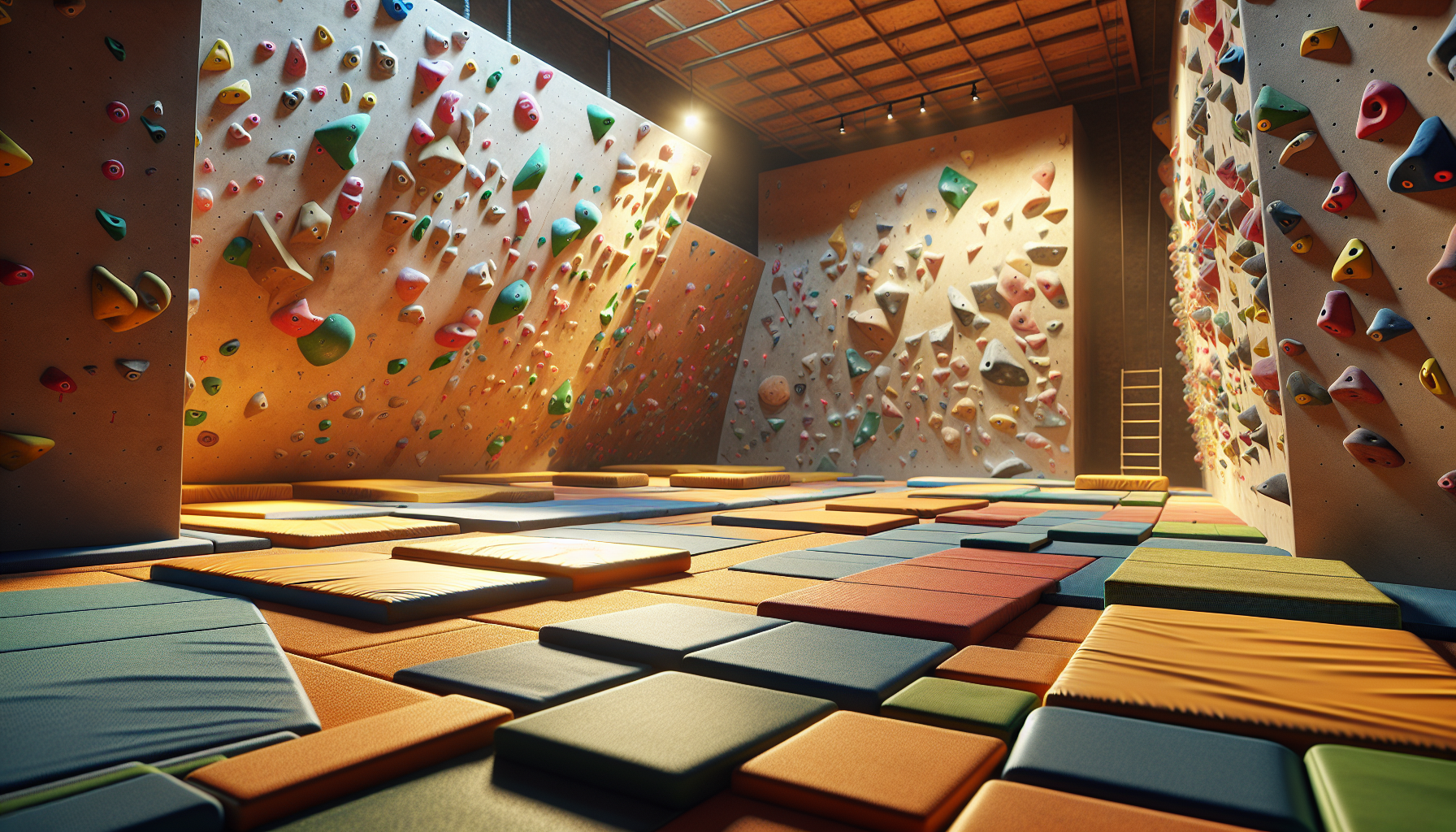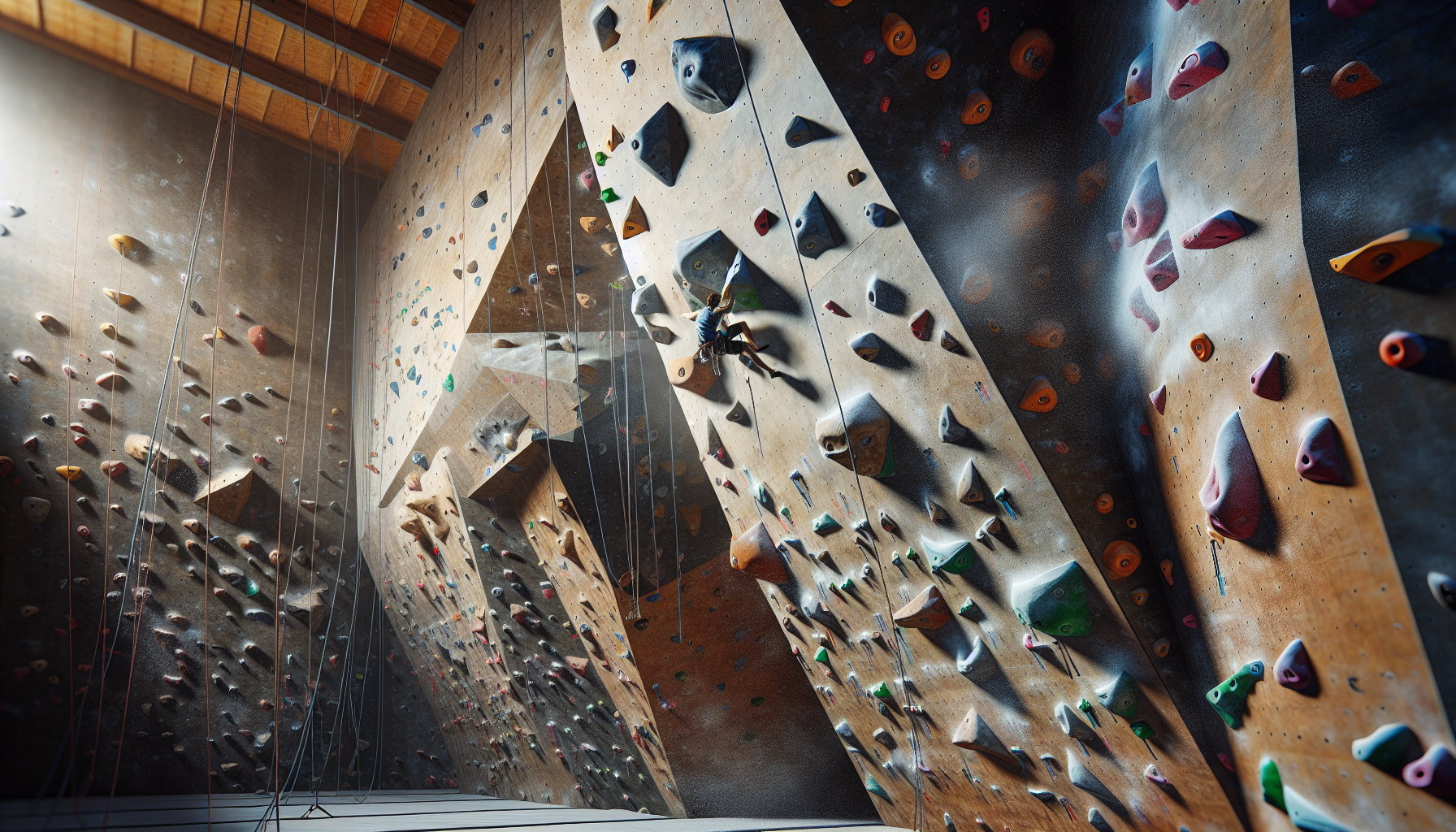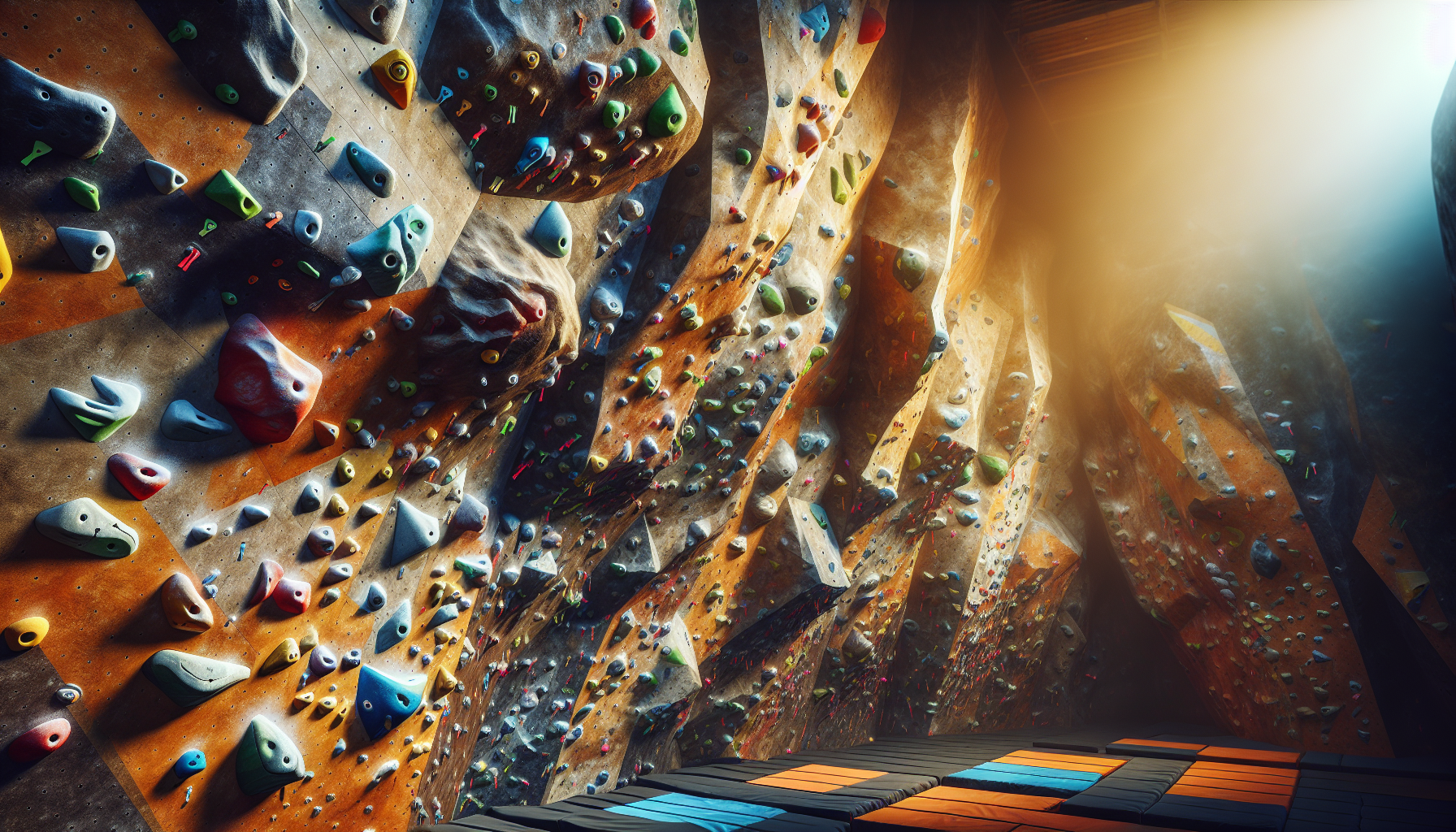
Stepping into the realm of climbing can be both exciting and daunting, especially for those trying out the indoor variation. Developing a solid foundation in essential techniques is vital for improving your experience and ensuring safety during each session.
Footwork plays a crucial role, as it allows for precise weight distribution on the holds.
As you progress, focus on your hip positioning to maintain balance and enhance movement efficiency.
Mastering different hand grips will significantly aid your ability to conquer increasingly challenging bouldering problems. Building confidence is essential, and regular practice will facilitate your growth as a beginner in this thrilling sport.
Understanding Indoor Bouldering Techniques
Mastering various techniques can significantly enhance a climber’s performance on challenging routes. Achieving optimal balance and maintaining proper body positioning are crucial for success on the wall.
Strategies such as efficient footwork and core engagement directly influence a climber’s overall stability while managing their center of mass.
Accurate foot placement is vital, as it allows climbers to effectively distribute their energy while ascending.
By understanding how to align their arms for equilibrium, athletes can improve their movement when negotiating complex holds.
Dynamically shifting weight not only aids in navigation but also provides an edge during intense climbs.
Safety is paramount, so selecting suitable climbing walls and performing warm-up exercises is essential for injury prevention. Incorporating crash pads into practice reduces the risk of falls, ultimately fostering a safer environment for those exploring this physically demanding sport.

Essential Bouldering Tips For Beginners
Embarking on a new climbing adventure can be both thrilling and overwhelming, particularly in an indoor setting. To navigate this exciting journey, it is crucial to understand essential safety measures and equipment.
Prioritize safety to avoid injuries.
Recognize the hazards in gym environments, and always assess your fall zone for any obstacles.
Proper landing surfaces and learning how to fall correctly are key aspects to minimize risks.
Choosing the right gear is vital for your overall experience. Select climbing shoes that provide both grip and comfort to improve your climbing performance.
Utilize crash pads effectively, ensuring they are positioned correctly to cushion falls. Consider using chalk to enhance your grip during climbs.
Focusing on your footwork can significantly enhance your technique.
Precision in body positioning optimizes your movements, allowing for smoother ascents.
Engage core muscles to maintain control and improve stability on challenging routes.
Improving Footwork In Climbing
Mastering the art of movement is essential for anyone looking to excel in rock climbing. Effective foot placement plays a pivotal role in achieving balance and conserving energy, especially on demanding routes.
By honing your foot precision, you can significantly improve your climbing and bouldering techniques.
To maximize your performance, it’s important to analyze routes and identify the best foot holds for optimal placement.
Off the wall, there are several engaging exercises to enhance your skills. Drills such as stair-stepping and using a balance board can build the necessary stability for climbers.
Shadow climbing allows you to practice actual climbing movements, reinforcing effective foot techniques without the constraints of an overhang.
Mastering Hand Positions On The Wall
A solid grasp of handholds is vital for climbers seeking to improve their skills. The way you position your hands impacts every aspect of performance on the wall, from efficiency to power.
Each grip comes with distinct characteristics that require specific techniques for beginners to understand and apply effectively.
Crimps are small, edge-like holds that demand precise finger placement.
They enhance grip strength but can lead to finger strain if not utilized correctly.
Slopers, on the other hand, are larger; they require core strength to maintain balance while climbing and can challenge a climber’s ability to stay steady.
Pinches engage the entire hand, promoting a versatile grip essential for transitioning between holds. Jugs provide ample space for climbers to rest, allowing time to strategize their next hold effectively and prepare for the ascent.
Mastering these fundamental techniques of bouldering is instrumental in ensuring seamless transitions during climbs.
Effective hand positioning is crucial for distributing weight properly, leading to enhanced performance and durability on the wall.
Handholds in Climbing
- Proper handholds improve climbing efficiency by enabling better weight distribution.
- Using crimps enhances finger strength but requires careful technique to avoid injury.
- Slopers challenge a climber’s core strength, necessitating balance and stability.
- Jugs allow climbers to rest and plan their next moves, contributing to a strategic approach in climbing.
Building Confidence As A New Climber
Starting a journey in the vertical world often involves grappling with self-doubt and anxiety. Gaining confidence in the sport can significantly enhance your enjoyment and success as you tackle various challenges.
Understanding fear becomes crucial, particularly the worry that many newer climbers experience about grades and falling.
To navigate these emotions, techniques such as visualization can be particularly helpful; imagine yourself executing successful climbs while feeling at ease.
Incorporating controlled breathing exercises can further alleviate anxiety, sharpening your focus on overcoming different aspects of climbing. Regular practice is vital; therefore, set realistic goals for each session that push your boundaries but remain achievable.
Engaging with a community composed of experienced climbers provides not only invaluable advice but also the encouragement needed to bolster confidence.
Focusing on easier routes initially enables you to gain control over your centre of gravity, while also honing your foot on a hold techniques.
Documenting your journey in a climbing journal allows you to celebrate small wins, reinforcing your growth.
Remember to embrace setbacks and challenges, as they are pivotal in developing resilience and deepening your passion for the sport.
Common Mistakes To Avoid In Bouldering
Embarking on the journey of climbing can be exhilarating, yet it often comes with its own set of challenges. Many novices face hurdles that hinder progress, particularly when it comes to recognizing different strengths and weaknesses in their technique.
One frequent issue is poor foot placement, which can significantly impact balance and control.
To correct this, practice placing your feet deliberately and using the entire foot on slopers.
Overgripping the holds is another common mistake. Learning proper grip techniques allows climbers to conserve energy and increase endurance, essential aspects to comfortably tackle the next grade.
A lack of body positioning awareness can also affect climbing efficiency. By focusing on hip placement and core alignment, beginners can dramatically enhance their performance.
Ignoring resting opportunities often leads to frustration and fatigue.
Identifying natural rests to recuperate during climbs is crucial.
Skimping on a warm-up routine increases injury risk; developing a thorough warm-up is vital before starting any climb.
Climbing Techniques
- Proper foot placement can enhance balance, allowing for more controlled movements.
- Learning efficient grip techniques can increase endurance by reducing unnecessary energy expenditure.
- Awareness of body positioning, especially hip and core alignment, can lead to improved climbing efficiency.
- Incorporating regular resting opportunities during climbs helps in managing fatigue and maintaining performance.
Techniques To Enhance Your Grip Strength
Developing a robust hold is fundamental for anyone looking to improve their climbing ability. The ability to maintain a secure grip can make the difference between reaching a challenging route or falling short.
Focusing on effective techniques can help climbers tackle obstacles with less fatigue and increased control.
Exercises like dead hangs on a pull-up bar are particularly beneficial, as they build static endurance necessary for prolonged ascent.
Fingerboard training offers various grips to target distinct finger strengths, enhancing performance. Utilizing tools such as grip trainers and stress balls can further aid in endurance development.
Establishing a structured training approach is crucial; taking time to recover will help prevent the risk of overtraining. If you aim to climb higher, focusing on strength training can significantly bridge the gap in your overall performance.
Strategies To Increase Your Climbing Efficiency
Improving your climbing approach can greatly impact how you navigate routes. Focusing on essential techniques enables climbers to use their right foot wisely, enhancing balance and performance.
New climbers often encounter common mistakes, such as neglecting their body positioning, which can lead to unnecessary fatigue.
By prioritizing strategic foot placement, including swapping feet on small holds, you can achieve smoother transitions and conserve energy.
Maintaining tension in the upper body while efficiently using leg movements is crucial, especially when tackling steeper routes. It’s beneficial to read routes carefully before attempting them; planning your moves allows you to execute techniques like the knee-bar effectively.
Engaging in regular practice and embracing these small improvements can lead to substantial gains in your climbing journey. On steeper climbs, new climbers often make the common mistake of swapping feet too quickly, which can hinder their ability to use the knee-bar effectively, but by focusing on leveraging their upper body and making small improvements on small holds, they can anchor one leg behind for better balance and stability while using their right foot. .
Climbing Techniques
- Strategic foot placement can greatly improve a climber’s balance and energy conservation.
- Effective body positioning reduces fatigue and enhances climbing performance.
- Maintaining upper body tension while using leg movements is essential for tackling steep routes.
- Planning moves before attempting routes allows climbers to utilize advanced techniques like the knee-bar effectively.





